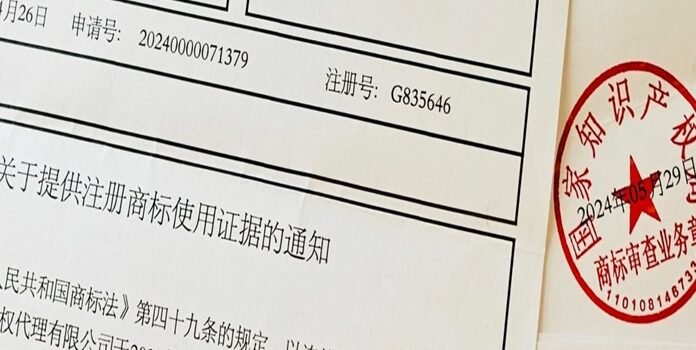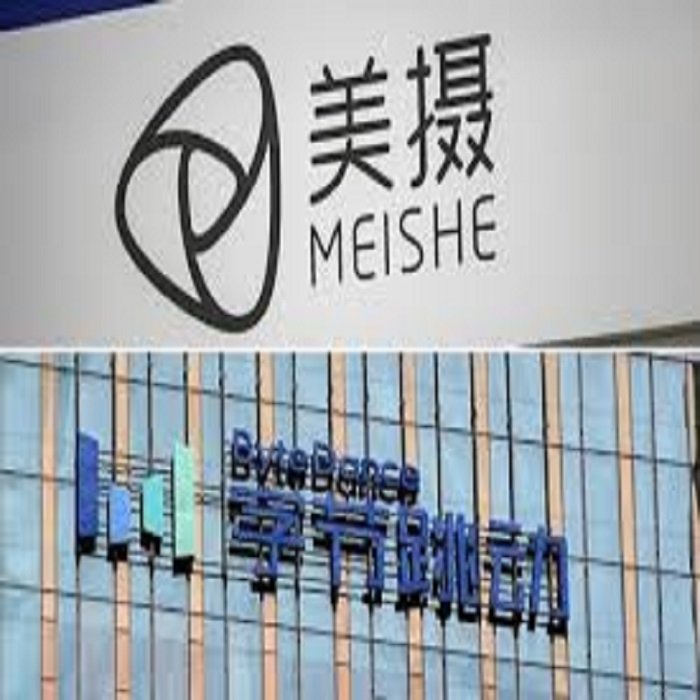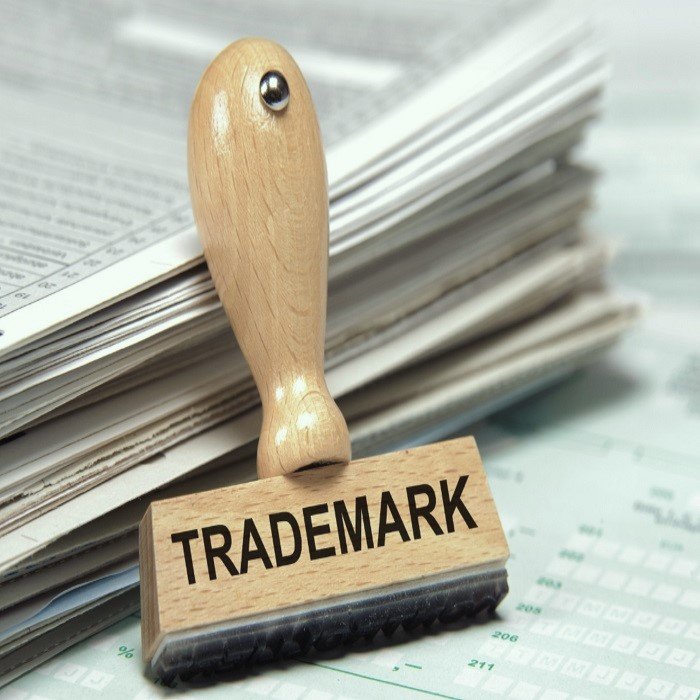Fresh Perspective on Navigating Trademark Three-Year-Non-Use Cases in China
The large number of trademarks in China, combined with their monopolistic characteristics, makes trademarks—particularly “valuable trademarks”—a limited asset in business competition, which inevitably results in a “scramble” for them. Additionally, the law requires trademark registrants to use and consistently utilize their registered trademarks. There is a three-year grace period after registration during which the registrant […]
Fresh Perspective on Navigating Trademark Three-Year-Non-Use Cases in China Read More »










